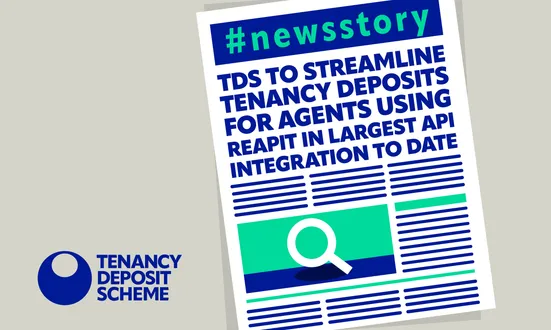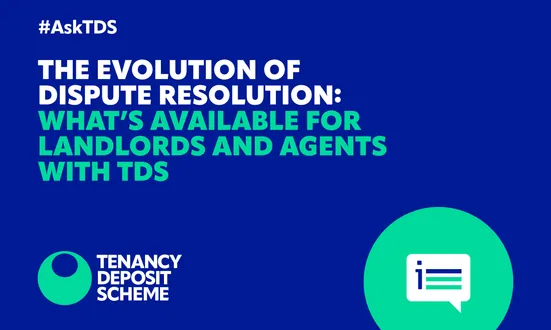In rental properties, clear communication is essential for a smooth landlord and tenant relationship. However, one area where misunderstandings often arise is in repairs and maintenance; who is responsible for fixing a leaky tap? What about the worn carpet or a faulty heating system?
In this #ASKTDS, we will look at the specific repair duties of both landlords and tenants in rental properties, clarifying the expectations outlined in tenancy agreements and legislation. By shedding light on these responsibilities, the Tenancy Deposit Scheme aims to help all parties understand who is responsible for what when it comes to repairs, helping to reduce the likelihood of deposit disputes and improve the rental experience for everyone involved.
Who’s responsible for what?
In the UK, the responsibilities for repairs are generally outlined in the tenancy agreement and guided by laws such as the Landlord and Tenant Act 1985. But knowing who is responsible for what can often be unclear.
Landlord repair responsibilities
As a rule, landlords have a legal obligation to ensure that the property remains safe and habitable. This includes maintaining the structure of the building, ensuring heating and hot water are functional, and taking care of gas and electrical safety. It’s not just about fulfilling legal duties; it’s also about protecting your investment and keeping your tenants comfortable.
Tenant repair responsibilities
While landlords handle the bulk of structural issues, tenants play a vital role in maintaining the property. They are generally responsible for day-to-day upkeep and minor repairs, or fixing any damage caused directly, keeping in mind fair wear and tear.
Handling repair requests
When a repair issue arises, prompt communication and action are key. Landlords should acknowledge repair requests promptly, assess the urgency of the issue, and arrange for qualified professionals to carry out repairs as necessary. Clear documentation of all communications and actions taken helps to avoid misunderstandings.
How can you navigate these responsibilities without falling into the trap of deposit disputes?
To help manage repairs and maintenance more effectively, we’ve created a comprehensive guide filled with insights and practical tips.
Download the Tenancy Deposit Scheme’s guide to repairs in rental properties
Our guide, in partnership with the NRLA, offers in-depth insights into repair responsibilities, tips for effective maintenance, and strategies for handling repair disputes. In the guide, you’ll discover:
- Clear breakdown of responsibilities: Understand the specific repair duties of both landlords and tenants as defined by UK law and tenancy agreements. This section clarifies who is responsible for what, from major structural repairs to minor upkeep tasks.
- Fair wear and tear: Learn how to distinguish between normal wear and tear and damage caused by tenants. This understanding is crucial for resolving disputes over deposit deductions and maintaining transparency.
- Handling repair requests: Discover best practices for managing repair requests, including timely communication and documentation. This will help ensure that issues are addressed efficiently and effectively.
- Preventing common disputes: Gain insights into common pitfalls that lead to disagreements between landlords and tenants.
Understanding repair responsibilities and maintaining clear communication are essential for landlords to protect their investment and maintain positive tenant relationships. For a comprehensive guide on navigating repairs and further tips on preventing disputes, download our detailed guide from the Tenancy Deposit Scheme.
About TDS
The Tenancy Deposit Scheme is part of The Dispute Service (TDS), the largest tenancy deposit protection (by value) and resolution service provider in the UK making life easier for tens of thousands of agents, landlords, developers, and millions of tenants and homebuyers.
Our award-winning customer service is highly rated on both Trustpilot and Google, and we’re backed by the NRLA. We offer free deposit protection in our Custodial scheme, and the lowest rates for landlords in our Insured scheme.
Other news stories


